When award-winning Bollywood music composer Shantanu Moitra began his journey from Gomukh to Gangasagar on a bicycle — documented in the new travel web-series Songs of the River on Disney+Hotstar — he was nursing grief. Two years before Covid’s deadly Delta wave took his father’s life, Shantanu had planned a trip to Varanasi with him. “I needed closure. In Varanasi, my mother and I performed his last rites, during the 60-day road trip. The bodies of Covid patients weren’t handed over to their near and dear ones, so I never saw my father’s body,” he says.
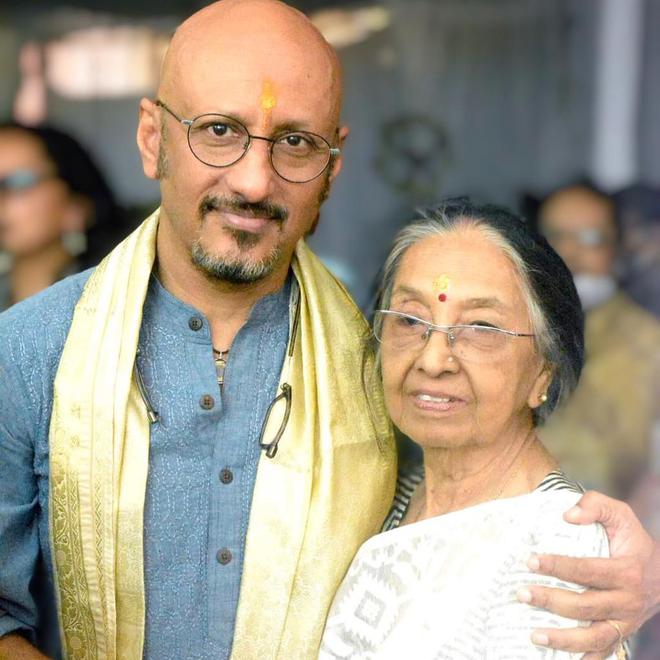
Immediately after the ceremony Shantanu was struck by the idea of ‘Ananth Yatra’, an ode to the collective pathos of people who had lost their loved ones during the pandemic. While cycling along the banks of river Ganges, he carried along photographs of some 800 people who succumbed to the virus.
“These photographs, shared with me by people who lost their loved ones during Covid, were printed on discarded cotton wool and had Tulsi seeds in them. I wanted to perform a ceremony for them,” he tells. In Gangasagar, there’s a memorial now of Covid patients at a school, Swami Kapilanand Vidyabhavan. “The memorial is testimony to what those two years (of the pandemic) were. I dug those photographs in the soil. The metamorphosis of photos to plants signifies that that life goes on,” he says.
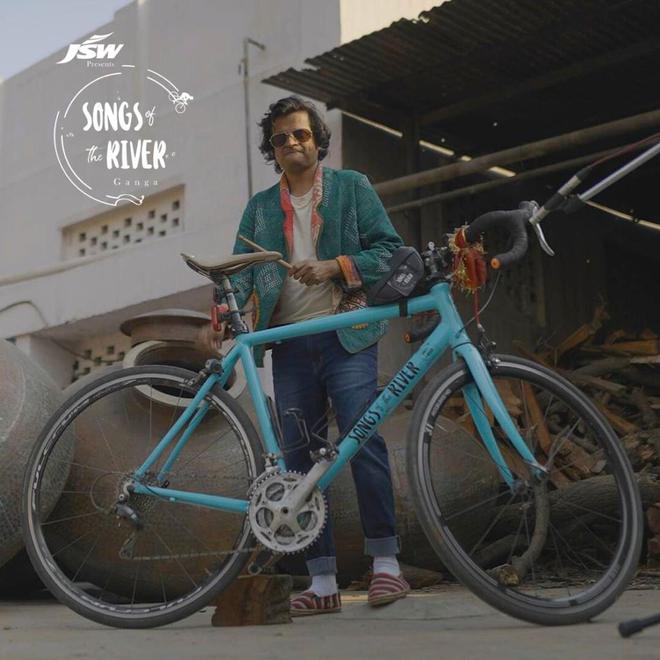
The six-episode series, shot between October and December last year, traces the emotional and spiritual calling of the 55-year-old composer, explores his creative dimension and puts his physical mettle to the test. Shantanu’s collaborated with seven artists for the series and the songs have been mounted on the eponymous music album which was released on Spotify, Apple Music, Gaana and JioSaavn on Monday. The artists featured on the album are Mohit Chauhan, Maati Bani, Taba Chake, Bombay Jayshree, Sid Shriram, Kaushiki Chakravarti and Ambi Subramaniam.
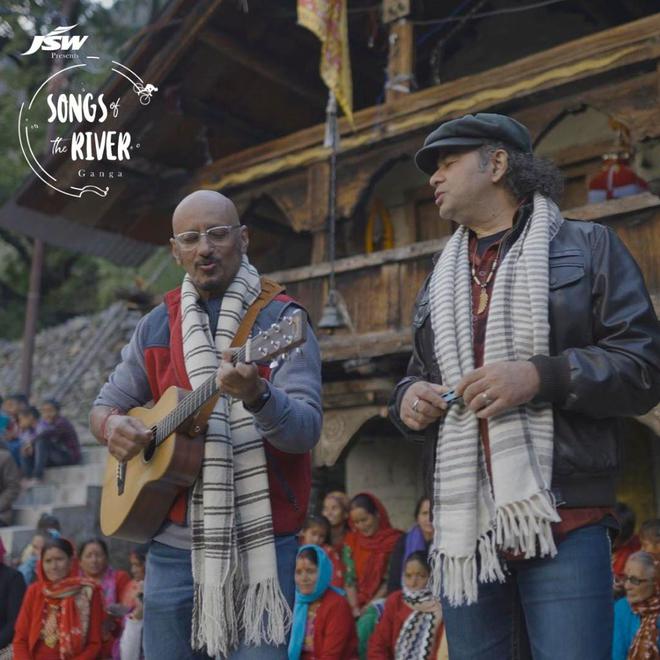
Shantanu says he did not reach out to the artists because of their music, but for the kind of work they were doing for society in general. “Mohit Chauhan and his wife fed dogs during the lockdowns. They now run an organisation called Animals Are Humans Too and feed dogs. Jayshree Bombay runs a school that teaches music to children with autism,” he shares. Shantanu says he recorded most of these songs in the outdoors, with one sound engineer. “These songs were recorded next to the river where there were sounds of goats, cows, crows and tractors passing by. In studios we become so obsessed with ‘no other sound should enter our microphone’, whereas, every day we hear tons of sounds. So why are we limiting ourselves when it comes to making music,” he asks.
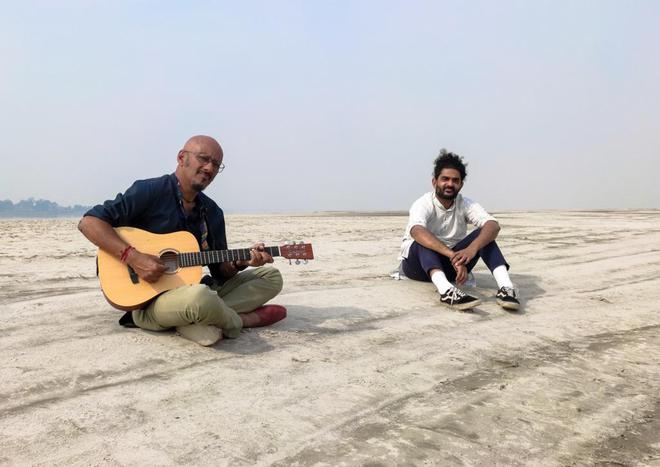
For Shantanu, music was an escape from the strenuous cycle tour. He says, “While I was cycling, I was also thinking about the music I was going to make, instruments I wanted to bring into the songs. So, it helped me with the ups and downs my body was going through during the journey.”
He chose to cycle through the expedition because, he says, it is the only mode of transport that makes you fitter every time you pedal. “The rudimentary mechanics seem to go down very well with people,” he says. “Surprisingly, the small-town India — comprising villages and places which don’t even exist on Google Maps — is fascinated with cycles. I have seen tractors and trucks stopping to help me, people inviting me for a cup of tea and passersby giving me updates on the road ahead. The bigger the cities, the more intolerant its traffic is towards cyclists,” he opines.
Out of the 3,000 km (approx.) he covered, about 2,200 km ran along the Ganges, traversing small hamlets. “Much of India uses that route for cycling, most of them being children who go to schools,” he says.
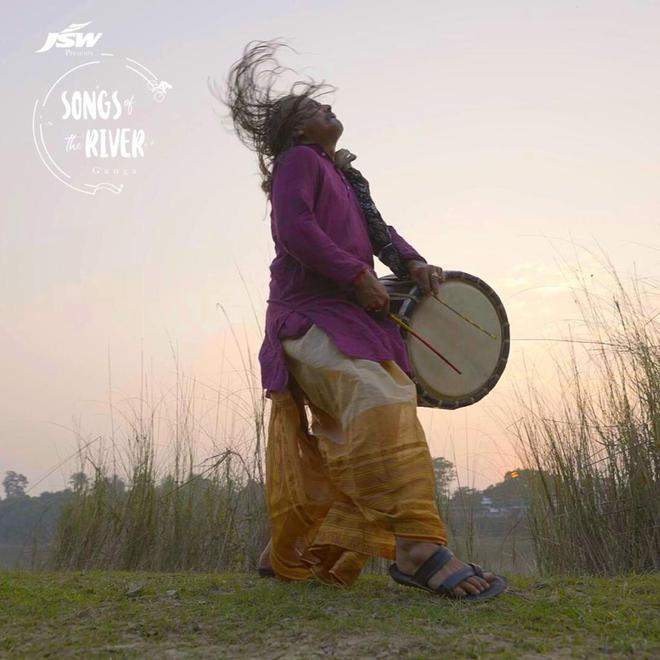
During the shoot of the series produced by JSW Group, Shantanu braved many challenges, including cloud-burst in Uttarkashi, the flooding of the river, an asthmatic attack and an accident just 40 km before the final destination. The journey also had its high points like meeting the Busker community, rediscovering the melodious oral legacy of the city of Murshidabad, crossing the high security zone of Farakka Barrage.
“To prepare for this journey, I did not just do strength training, but body analysis too. I cycled eight to ten hours every day, five days a week. What is adventure without a sense of pain, anyway? I think I did get my closure after all, not just because of my father but for those 800 people whose photographs I was carrying.” he signs off.







